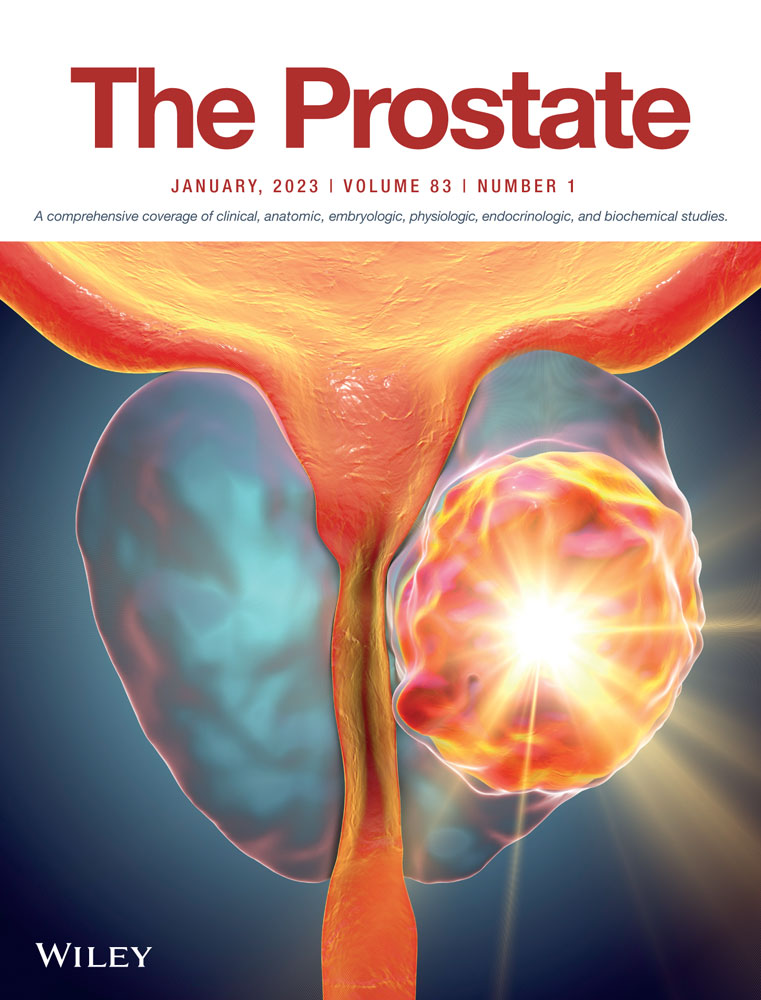Time to second biochemical recurrence as a prognostic indicator in postprostatectomy patients who undergo salvage radiation therapy: An RTOG 9601 based post hoc analysis
Abstract
Introduction and Objective
The prognostic significance of a “second” biochemical recurrence (sBCR) after salvage radiation therapy (sRT) with/without hormonal therapy following primary radical prostatectomy in men with prostate cancer has not been examined. We hypothesized that a shorter time to sBCR will be associated with worse cancer control outcomes.
Methods
The RTOG 9601 study included 760 patients with tumor stage pT2/T3, pN0, who had either persistently elevated prostate-specific antigen (PSA) postradical prostatectomy or developed subsequent biochemical recurrence with PSA levels between 0.2 and 4.0 ng/ml. All patients received sRT (with or without 2 years of Bicalutamide) from 1998 to 2015. For our study, we focused on 421 patients who had sBCR after sRT—which was defined as a PSA increase of at least 0.3 ng/ml over the first nadir. Patients were divided into two categories: early sBCR (n = 210) and late sBCR (n = 211) using median time to sBCR (3.51 years). All patients who experienced sBCR received salvage hormonal therapy. Competing-risk analysis was used to examine the impact of early versus late sBCR on prostate cancer specific mortality (CSM), after accounting for available covariates.
Results
The majority of patients were age 60 years or older (75.8%), had pT3 disease (74.8%), and Gleason score 7 (75.2%). Overall, 13.8% had persistent PSA initially after surgery. At 10 years, starting at the time of sBCR, CSM rate was 31.3% in the early sBCR group versus 20.0% in the late sBCR group. In competing-risk analysis, time to sBCR was an independent predictor of CSM, where patients with early sBCR had 1.7-fold higher CSM risk (p = 0.026) than their counterparts with late sBCR.
Conclusions
Time to sBCR after sRT (with or without concomitant Bicalutamide) is a significant predictor of CSM following initial radical prostatectomy. This information can be used to guide subsequent treatments, and to counsel patients.
CONFLICT OF INTEREST
Firas Abdollah is an advisor/consultant of Decipher Biosciences.
Open Research
DATA AVAILABILITY STATEMENT
The datasets generated during and/or analyzed during the current study are available from the corresponding author upon request.




